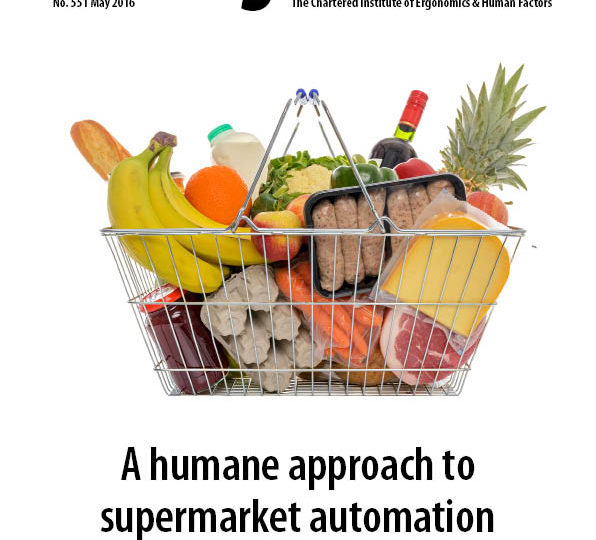
Humans are often the last line of defence when it comes to safety and security. Their judgement and decision-making skills are relied upon to prevent disaster.
But there is a limit to what humans can deal with and a system that expects too much of people will fail, often in predictable ways. In this month’s issue of The Ergonomist we explore the ways in which human factors experts seek to understand human limitations and to take them into account when designing safe, reliable systems.
Amanda Widdowson and Peter Goodliff describe an assessment tool they have developed to allow companies to identify and prevent threats to their cyber security. They highlight the ways in which people can unwittingly collude in a cyber security breach due to a range of psychological factors that cause them to misunderstand or ignore warnings. They also discuss the organisational, historical, environmental and technological factors that can threaten cyber security and how these threats can be tackled.
Checklists are a simple and effective way to support human cognition, but as Steven Shorrock points out in his article, they can also be constraining and can themselves lead to disaster if they are used naively or incorrectly.
Technology can greatly improve diagnosis, safety and planning in healthcare but it can also compromise privacy and threaten the relationship between patients and hospital staff. Michael Brown discusses the complicated ethical issues that suround the development of new healthcare technologies and how these issues have been dealt with on three research projects.
The Ergonomist is free to members of the CIEHF, find it on the MyIEHF portal. It is also available to buy in our app. Search ‘ergonomist’ in the app store.
If you have any ideas for feature articles on research or practice, news items, details of relevant events or suggestions for new content for The Ergonomist, please contact us. Email Frances: frances@ergonomics.org.uk




